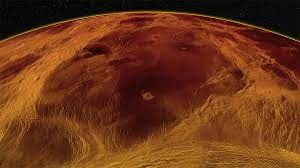Free Courses Sale ends Soon, Get It Now


Free Courses Sale ends Soon, Get It Now



Disclaimer: Copyright infringement not intended.
Context
Details
Key Facts About Venus Planet
Findings in Venus Planet
New Findings
PTT (plate tectonics theory)
PTT is founded on four broad geomorphological assumptions
|
PRACTICE QUESTION "Venus, often referred to as Earth's 'sister planet,' has long fascinated scientists and space explorers. Discuss the key features and challenges associated with the study of Venus. |
© 2024 iasgyan. All right reserved